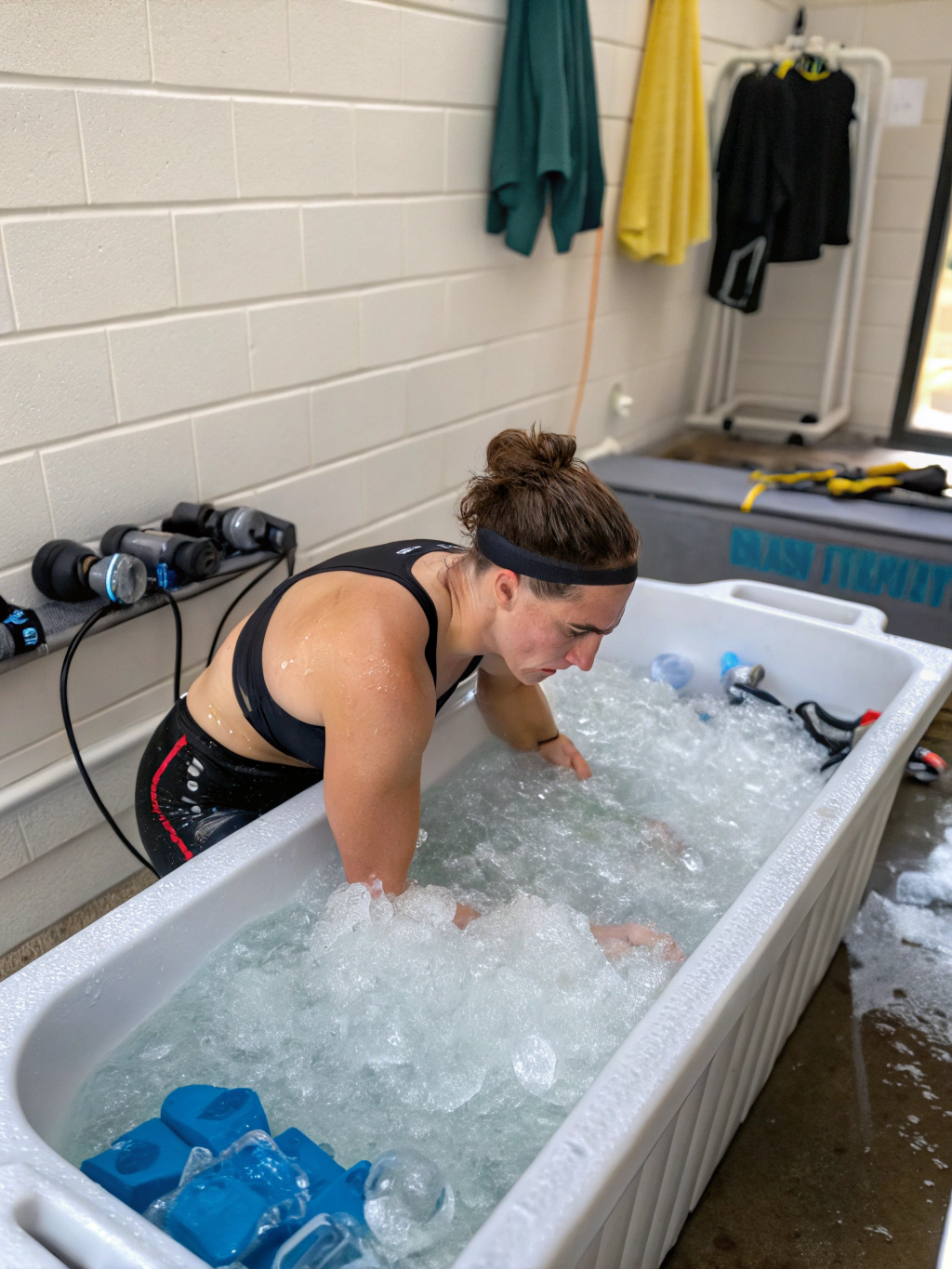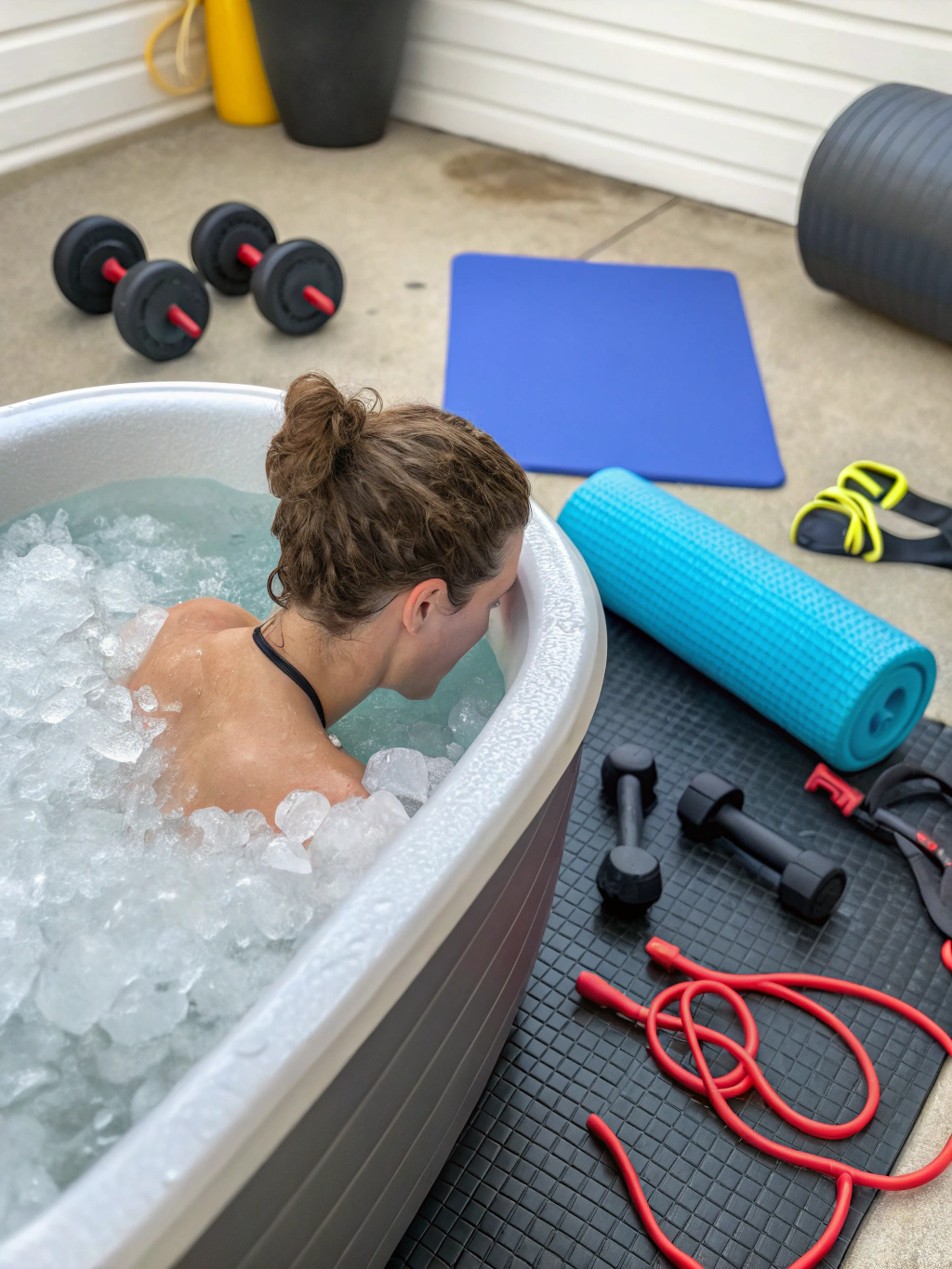Do Ice Baths Burn Fat? 7 Shocking Fitness Facts

Table of Contents
Introduction
Cold therapy has become the latest fitness trend sweeping through wellness circles, with athletes and celebrities plunging into icy waters in pursuit of health benefits. But can freezing temperatures actually help shed unwanted pounds? Do ice baths burn fat or is this just another overhyped fitness fad? Recent research suggests there might be something legitimate behind the shivering sensation. Studies from the National Institutes of Health have found that exposure to cold temperatures can activate brown adipose tissue (BAT), a specialized fat that burns calories to generate heat. This thermogenic process could potentially aid weight management efforts for those looking to burn fat more effectively. Let’s dive into the science and separate fact from fiction.
Benefits Breakdown

Cold immersion therapy offers several potential benefits beyond the question of whether ice baths burn fat:
- Brown Fat Activation: Cold exposure stimulates brown adipose tissue (BAT), which burns calories to produce heat through a process called thermogenesis.
- Metabolic Boost: Research published in the Journal of Clinical Investigation suggests that regular cold exposure can increase energy expenditure by up to 30% during exposure.
- Inflammation Reduction: Ice baths may reduce systemic inflammation, which is linked to obesity and metabolic disorders.
- Recovery Enhancement: Athletes report faster muscle recovery, potentially enabling more frequent high-intensity workouts.
- Improved Insulin Sensitivity: Some studies indicate cold exposure may improve insulin function, helping to regulate blood sugar levels.
- Stress Reduction: Cold immersion triggers the release of endorphins and reduces cortisol, potentially reducing stress-related eating.
- Improved Sleep Quality: Better sleep from regular cold exposure may help regulate hunger hormones and reduce cravings.
Time & Intensity
The optimal protocol for cold exposure to potentially burn fat involves careful timing and temperature management. Most research suggests 2-5 minutes in water between 50-59°F (10-15°C) for beginners, gradually working up to 10-15 minutes. More advanced practitioners might aim for temperatures as low as 39°F (4°C). For comparison, a 15-minute ice bath at 50°F can potentially increase metabolic rate by 15-20%, burning an additional 50-100 calories during the session itself, while activating BAT for several hours afterward. Interestingly, the body can burn up to 500 additional calories over 24 hours following significant cold exposure as it works to restore normal temperature – equivalent to a 45-minute moderate jog.
Step-by-Step Ice Bath Method
Preparation Phase
Begin with proper preparation to maximize safety and benefits. Fill your tub with cold water and add ice until reaching approximately 50-59°F (10-15°C) for beginners. Measure using a bath thermometer for accuracy. Common mistake: Diving straight into extremely cold temperatures can shock the system and potentially cause dangerous responses. Start conservatively and progress gradually over weeks of practice.
Entry Technique
Enter the water gradually while practicing controlled breathing. Step in slowly and lower yourself inch by inch, allowing each body part to adjust. Focus on slow, deep breaths to manage the initial cold shock response. Form tip: Never submerge your head underwater during home ice baths, and have a warm drink nearby to help maintain core temperature.
Immersion Protocol
Once in the water, aim to stay calm and maintain controlled breathing. Begin with 2-3 minutes and gradually increase duration with experience. Focus on relaxing muscles rather than tensing against the cold. Engagement cue: Try counting your breaths or practicing mindfulness techniques to distract from discomfort while maximizing mental benefits.
Exit Strategy
Exit the bath slowly and carefully, as blood pressure changes can cause dizziness. Dry off immediately and dress in warm layers. Take time to allow your body to naturally rewarm rather than using extremely hot showers or baths, which can shock the system and negate some benefits.
Calories Burned & Impact
Research from the American Journal of Clinical Nutrition indicates that cold exposure activates brown adipose tissue, potentially burning an additional 100-300 calories during and after a typical ice bath session. The exact calorie expenditure varies based on individual factors including body composition, cold adaptation level, and bath temperature/duration. Beyond immediate calorie burning, regular cold exposure may increase mitochondrial density in cells, boosting your body’s overall metabolic efficiency. One fascinating study from the Netherlands’ Maastricht University found that subjects exposed to mild cold daily for six weeks showed a 43% increase in brown fat volume and a corresponding 10% increase in metabolic rate.
Healthier Lifestyle Enhancements
To maximize the fat-burning potential of ice baths, combine them with these complementary lifestyle practices:
- Timing Strategy: Take ice baths after strength training to potentially enhance recovery without blunting muscle adaptation.
- Nutritional Synergy: Consume foods rich in omega-3 fatty acids like salmon and walnuts, which may enhance brown fat activity.
- Sleep Optimization: Maintain a cool bedroom temperature (around 65°F/18°C) to support brown fat activation during sleep.
- Hot-Cold Contrast: Alternate between heat exposure (sauna) and cold therapy to maximize metabolic response.
- Stress Management: Practice mindfulness during cold immersion to reduce stress hormones that promote fat storage.
Results Timeline & Motivation Tips
Realistic expectations are crucial when incorporating ice baths for fat loss. Most people notice improved recovery and energy levels within 1-2 weeks, while measurable changes in body composition typically require 4-8 weeks of consistent practice. A 2018 study in Scientific Reports found that subjects practicing regular cold exposure showed detectable increases in brown fat activity after just two weeks, with measurable changes in body fat percentage occurring after six weeks of consistent practice.
Stay motivated by tracking non-scale victories like improved energy, reduced inflammation, and better workout performance. Consider joining online communities dedicated to cold therapy for accountability and inspiration from others on similar journeys.
Common Mistakes to Avoid
Avoid these frequent errors that can minimize ice bath benefits or potentially cause harm:
- Inconsistent Practice: Sporadic use won’t deliver significant metabolic adaptations; consistency is key.
- Extreme Temperatures: Starting too cold (below 50°F/10°C) can trigger dangerous shock responses in beginners.
- Extended Durations: Staying immersed too long can lead to hypothermia; more isn’t always better.
- Post-Workout Timing Errors: Taking ice baths immediately after strength training may blunt hypertrophy adaptations.
- Overlooking Safety Precautions: Those with cardiovascular conditions, pregnancy or certain medical conditions should consult physicians before trying cold therapy.
How to Maintain Progress
Track your cold therapy journey using these strategies:
- Progressive Adaptation: Gradually decrease water temperature and increase duration as your body adapts.
- Biometric Monitoring: Use wearable devices to track heart rate variability and sleep improvements.
- Body Composition Analysis: Schedule monthly DEXA scans or bioimpedance measurements to objectively track fat loss.
- Photo Documentation: Take weekly photos in consistent lighting to visualize subtle body composition changes.
- Journal Effects: Document energy levels, recovery times, and mood changes to identify holistic benefits.
Conclusion
The science suggests that ice baths can indeed play a role in fat burning through brown adipose tissue activation and metabolic enhancement. While not a miracle solution, cold therapy represents a promising adjunct to traditional diet and exercise approaches for those seeking to optimize their body composition. The most significant benefits come from consistent practice as part of a comprehensive wellness strategy. Consider starting with brief cold showers before progressing to full immersion, and remember that sustainable habits ultimately deliver the most meaningful results. What cold therapy techniques have you tried? Share your experiences in the comments below!
FAQs
How often should I take ice baths to burn fat?
Research suggests 3-4 sessions weekly is optimal, allowing adequate recovery between exposures while maintaining consistent metabolic activation.
Can I get similar benefits from cold showers?
Cold showers provide some benefits but typically involve less total body surface exposure and higher temperatures than ice baths, potentially reducing fat-burning effects.
Is shivering good for burning calories?
Yes, shivering is a calorie-burning response as muscles rapidly contract to generate heat, but adapted cold exposure that activates brown fat without shivering may be more sustainable long-term.
Will ice baths affect my muscle-building goals?
Timing matters – post-strength training ice baths may reduce inflammation needed for hypertrophy, so consider scheduling cold therapy on recovery days or at least 4-6 hours after lifting.
Are there people who shouldn’t try ice baths for fat loss?
Those with cardiovascular conditions, Raynaud’s disease, pregnancy, or uncontrolled hypertension should consult healthcare providers before attempting cold therapy protocols.
